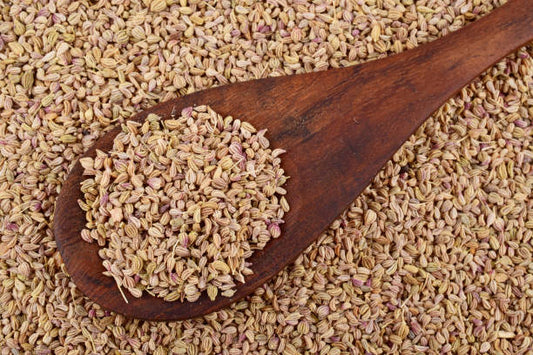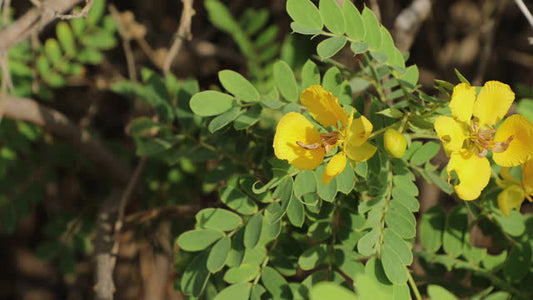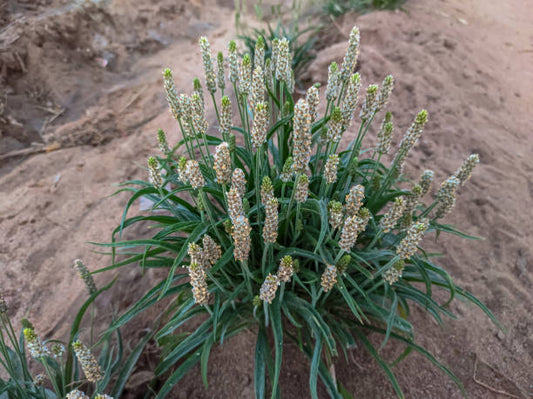Palasha, scientifically known as Butea monosperma, is a species of flowering tree native to parts of Southeast Asia, including India, Bangladesh, and Sri Lanka. It is commonly known by various names such as Palash, Flame of the Forest, Bastard Teak, and Dhak.
Key Information:
-
Botanical Classification:
- Family: Fabaceae (Legume family)
- Genus: Butea
-
Appearance:
- The Palasha tree is known for its striking appearance, especially during the flowering season. The bright orange to red flowers, arranged in dense clusters, give the tree its common name, "Flame of the Forest."
-
Traditional Uses:
- Palasha has been traditionally used in Ayurvedic medicine for various purposes. Different parts of the tree, including the bark, leaves, flowers, and seeds, are utilized for their therapeutic properties.
Usage in Ayurveda:
-
Bark (Palasha Tvak): The bark is used in Ayurvedic medicine for its astringent and anti-inflammatory properties. It is believed to have benefits for skin conditions, digestive issues, and as a general tonic.
-
Flowers (Palasha Pushpa): The flowers are utilized for their cooling and blood-purifying properties. They are traditionally used in Ayurvedic formulations for conditions related to blood disorders and skin ailments.
-
Seeds (Palasha Beeja): The seeds are used for their anthelmintic properties, helping to expel intestinal worms. They are also employed for conditions related to the respiratory system.
Benefits:
-
Skin Disorders: Palasha is traditionally used in Ayurveda to address various skin disorders due to its anti-inflammatory and blood-purifying properties.
-
Digestive Issues: The bark is believed to have astringent properties that may be beneficial for managing digestive issues.
-
Blood Purification: The flowers and other parts of the plant are used for their potential to purify the blood.
-
Respiratory Conditions: The seeds are traditionally used for their potential in managing respiratory conditions.
Side Effects:
While Palasha has been used in traditional medicine, it's important to note that scientific evidence supporting its effectiveness and safety is limited. Like any herbal remedy, individuals should exercise caution, especially if they have allergies or are on other medications. Consultation with a healthcare professional is advisable before incorporating Palasha or its extracts into one's health regimen.
Conclusion:
Palasha, or Butea monosperma, holds significance in traditional medicine, particularly Ayurveda, for its potential therapeutic properties. However, more research is needed to establish its efficacy and safety. Individuals interested in using Palasha for medicinal purposes should seek guidance from qualified healthcare practitioners.
Author: Nikita Vishnoi BCA












